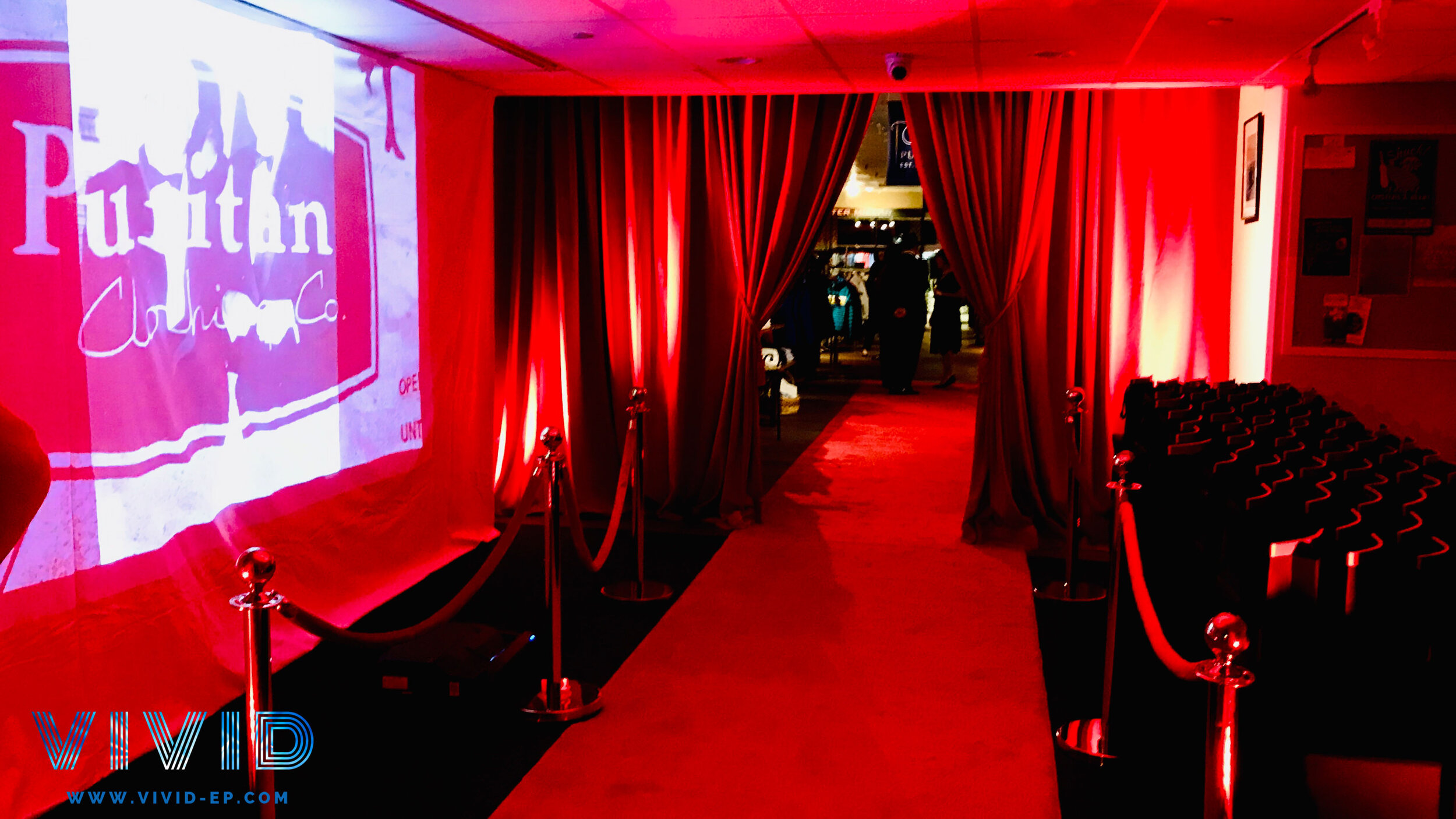Harmonizing Audio and Light to Enhance the Influence of NYC Performances
Wiki Article
In NYC, performances like theatrical performances, musical events, and other in-person events generate a vibrant cultural landscape that attracts countless of people. One critical component of making these events memorable is the careful combination of audio and lighting. This harmonization not only enriches the audience's experience but also helps communicate emotions and intentions that the artists intend to share. Understanding how audio and illumination work together can significantly boost the effectiveness of any performance.

Sound plays a vital role in establishing the tone for any performance. It encompasses music, speech, audio cues, and background sounds that create an aural space for the audience. Effective sound design guarantees that each element is distinct and balanced. For instance, in a musical theater performance, the singers' voices must be projected distinctly over the orchestra. This harmony allows the spectators to connect with the story being performed while fully enjoying the composition. Effective application of sound can elicit feelings of happiness, sadness, or suspense, shaping the audience's emotional responses throughout the performance.
Lighting also plays a pivotal role in stage productions. Illumination planning helps establishing atmosphere and focus attention on specific sections of the set. Different illumination methods can change the view of space and timing within a scene. For example, bright lights can invigorate a scene, while dim lights can foster intimacy or suspense. By using hue and intensity in illumination, technicians can also Full Report amplify the emotional tone of each scene. When combined with sound, illumination brings dimension and richness to narrative, making it more engaging for viewers.
The coordination between sound and lighting specialists is essential for delivering a seamless production. These experts must communicate effectively to guarantee that their elements support one another. For instance, if a moment requires a powerful climax, both sound effects and lighting cues need to be precisely timed. This synchronization produces a powerful moment that grabs the audience's attention. The collaboration between these two departments underscores the necessity of teamwork in producing impactful productions that connect with audiences.
In summary, blending audio and lighting is key for enhancing the effectiveness of productions in New York City. Together, they create an engaging experience that mesmerizes attendees and deepens narrative delivery. As tools evolve, audio and illumination experts will have even more resources at their fingertips to produce cutting-edge productions. Appreciating this fusion not only improves shows but also showcases the artistry Related Site involved in producing live events. By appreciating how these elements work together, spectators can gain a deeper understanding of what goes into making memorable theatrical experiences.